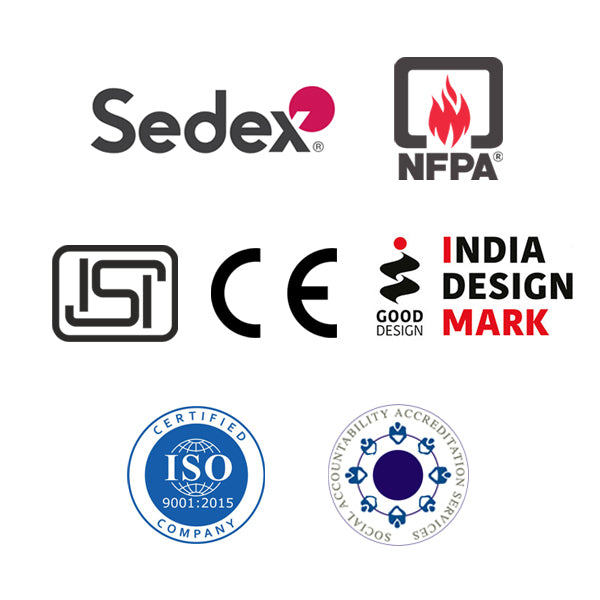CIRRUS
Share
Safety Goggles
- ENHANCED PROTECTION WITH MALLCOM CIRRUS SAFETY GOGGLES - Mallcom Cirrus safety goggles feature a clear polycarbonate construction, providing UV protection and durability. The flexible PVC frame and indirect ventilation offer comfort and breathability during extended wear. Scratch and impact-resistant materials ensure longevity and reliability, making these goggles ideal for various industries.
- VERSATILE DESIGN FOR MAXIMUM COMFORT - With appropriately positioned ventilation and a flexible PVC frame, Mallcom Cirrus safety goggles prioritize wearer comfort. The scratch-resistant properties enhance durability, while the ergonomically designed model ensures a comfortable fit for all-day wear. Whether in manufacturing, chemical and paint, repair and maintenance, or construction, these goggles offer reliable protection and comfort.
- DURABLE AND RELIABLE FOR VARIOUS INDUSTRIES - Designed for durability and reliability, Mallcom Cirrus safety goggles are essential in industries such as manufacturing, chemical and paint, repair and maintenance, and construction. The scratch-resistant properties improve longevity, while the impact-resistant materials ensure durability. With clean polycarbonate glasses and indirect ventilation, these goggles provide clear vision and comfort in challenging work environments.
- ENHANCED PROTECTION FOR WORKERS - Mallcom Cirrus safety goggles feature clear polycarbonate construction, UV protective ventilation, and scratch-resistant materials. With a flexible PVC frame and woven elastic strap, they ensure comfort and durability, enhancing safety in manufacturing, chemical, repair, and construction industries.
Chemical Splash
Dirt
Dust
CE
EN 166
Delivery & Services

Easy Return
with our 15 days return poicy
Regular price
Rs. 0
Sale price
Rs. 0
Regular price
Tax included.
Shipping calculated at checkout.
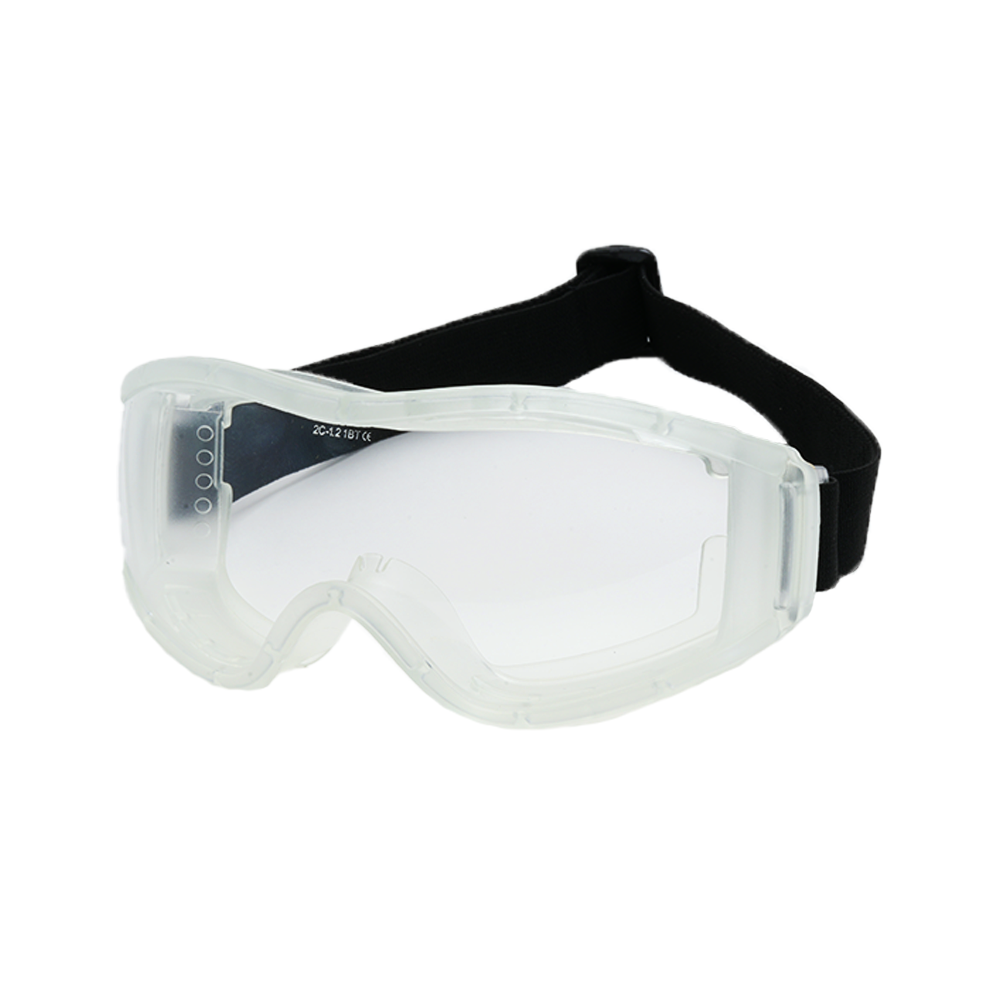
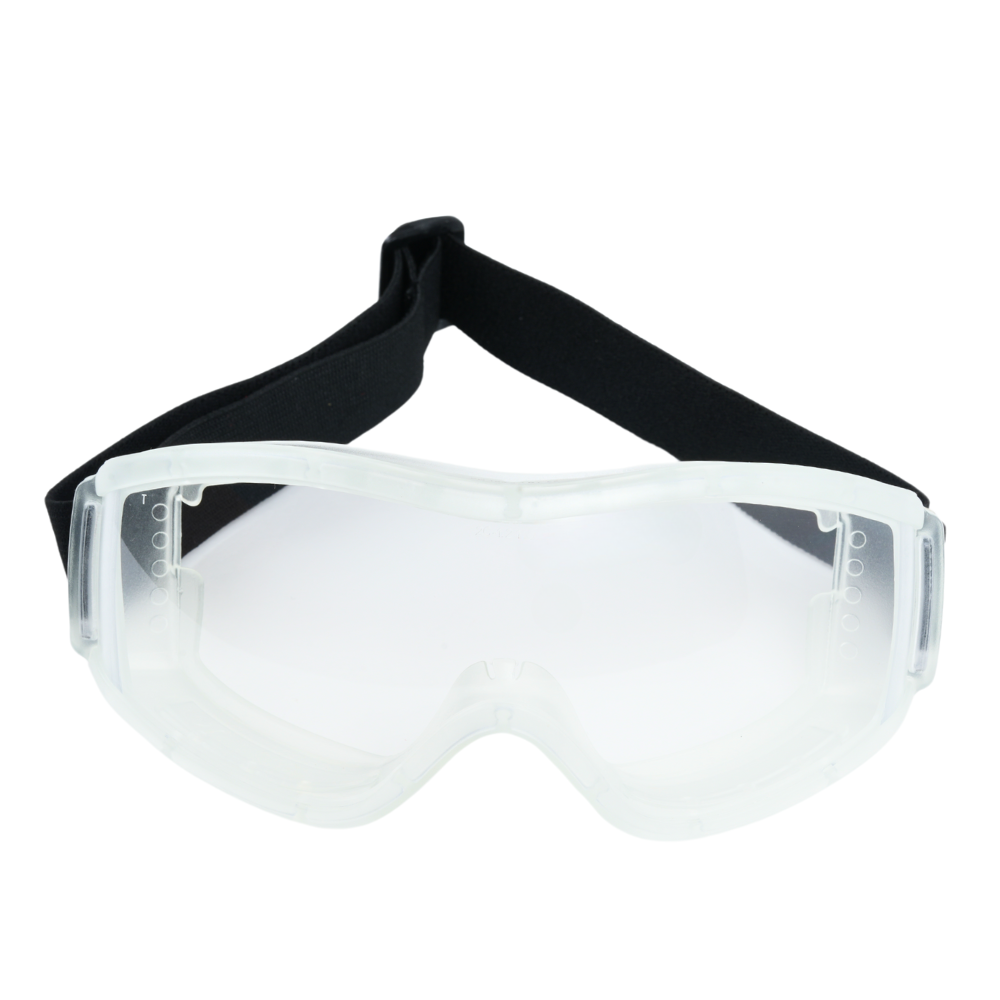
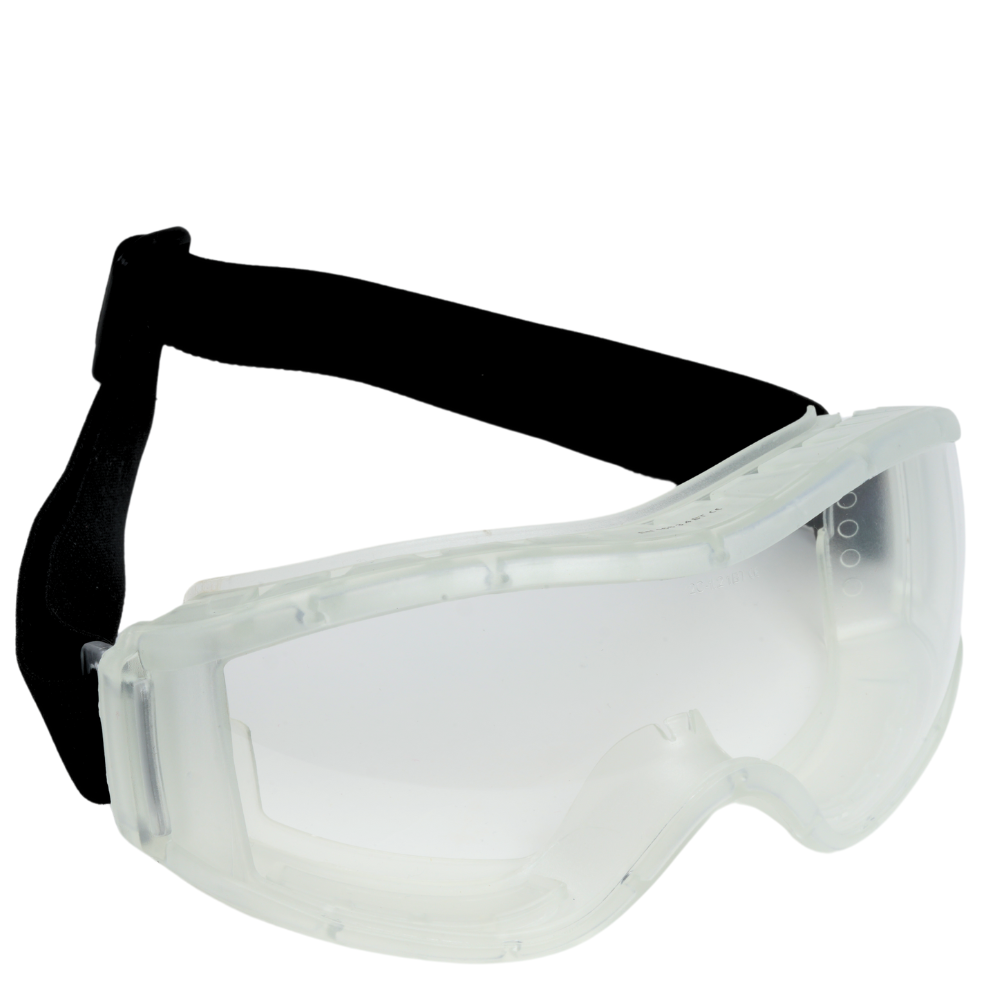
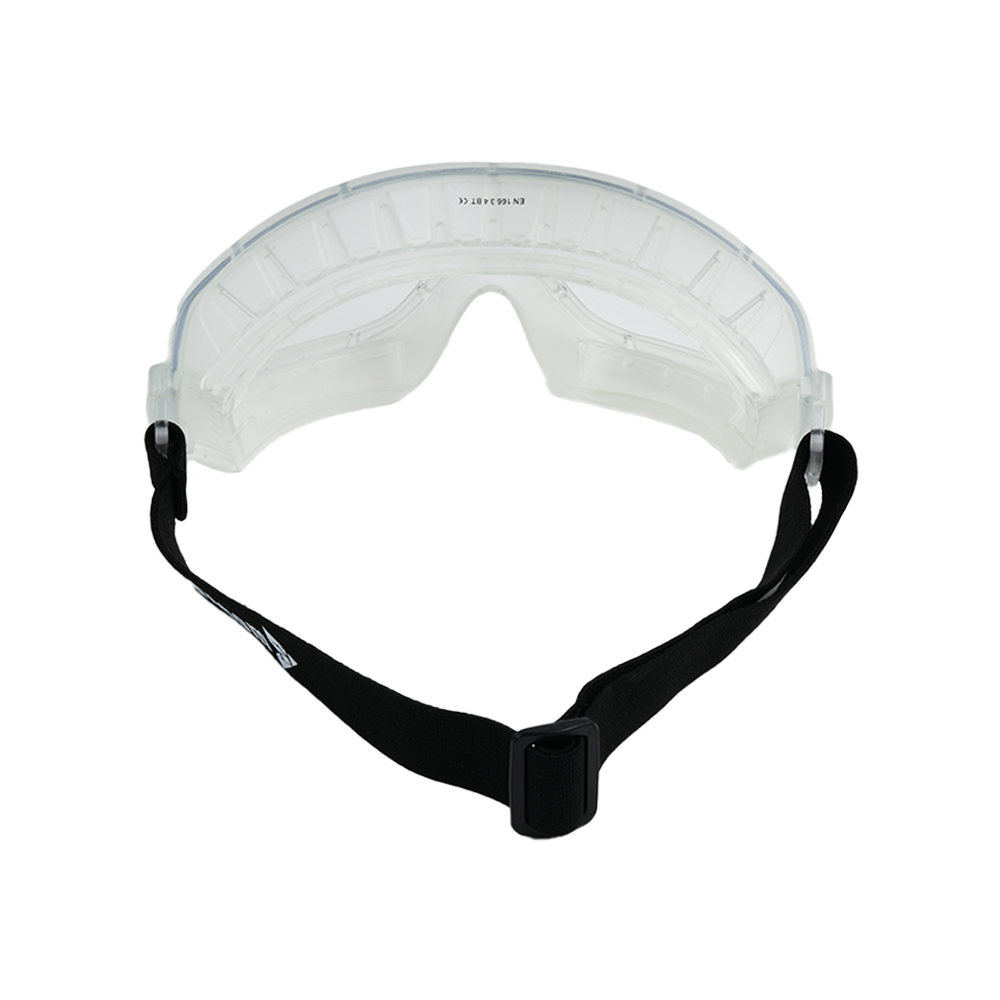
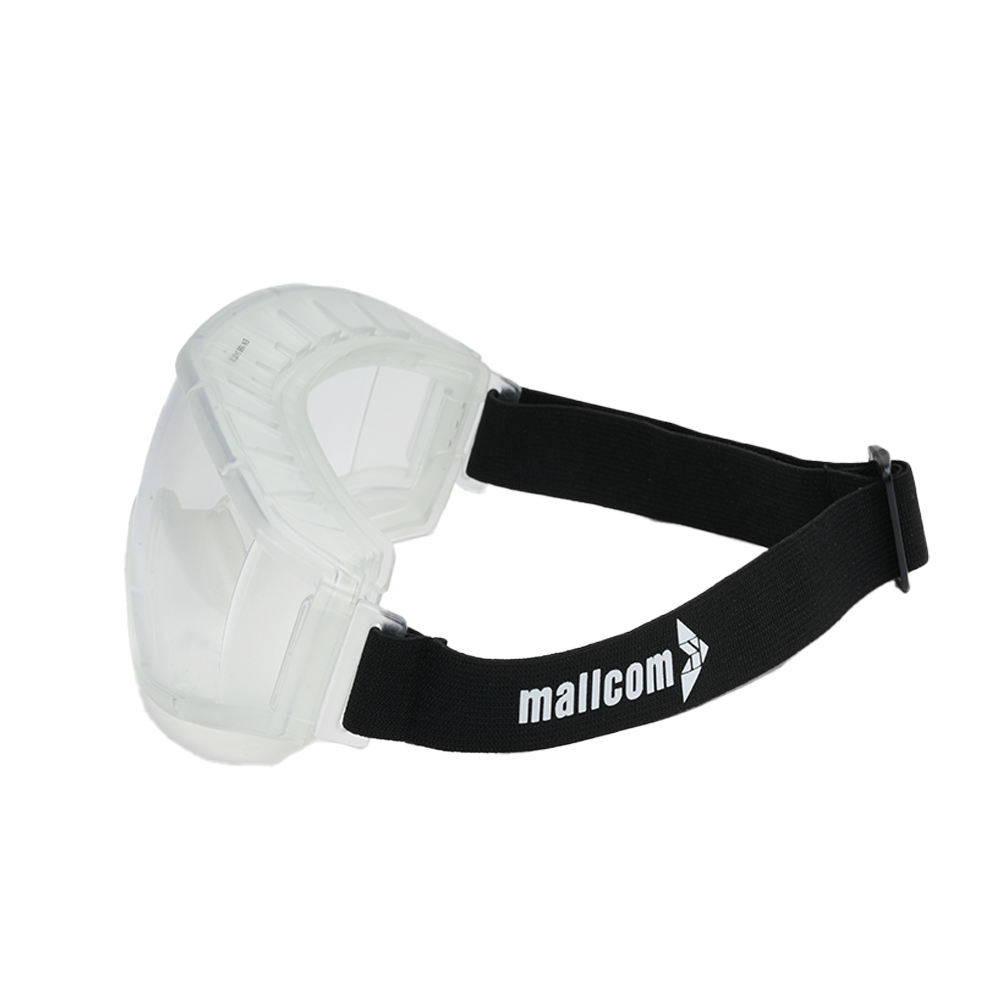

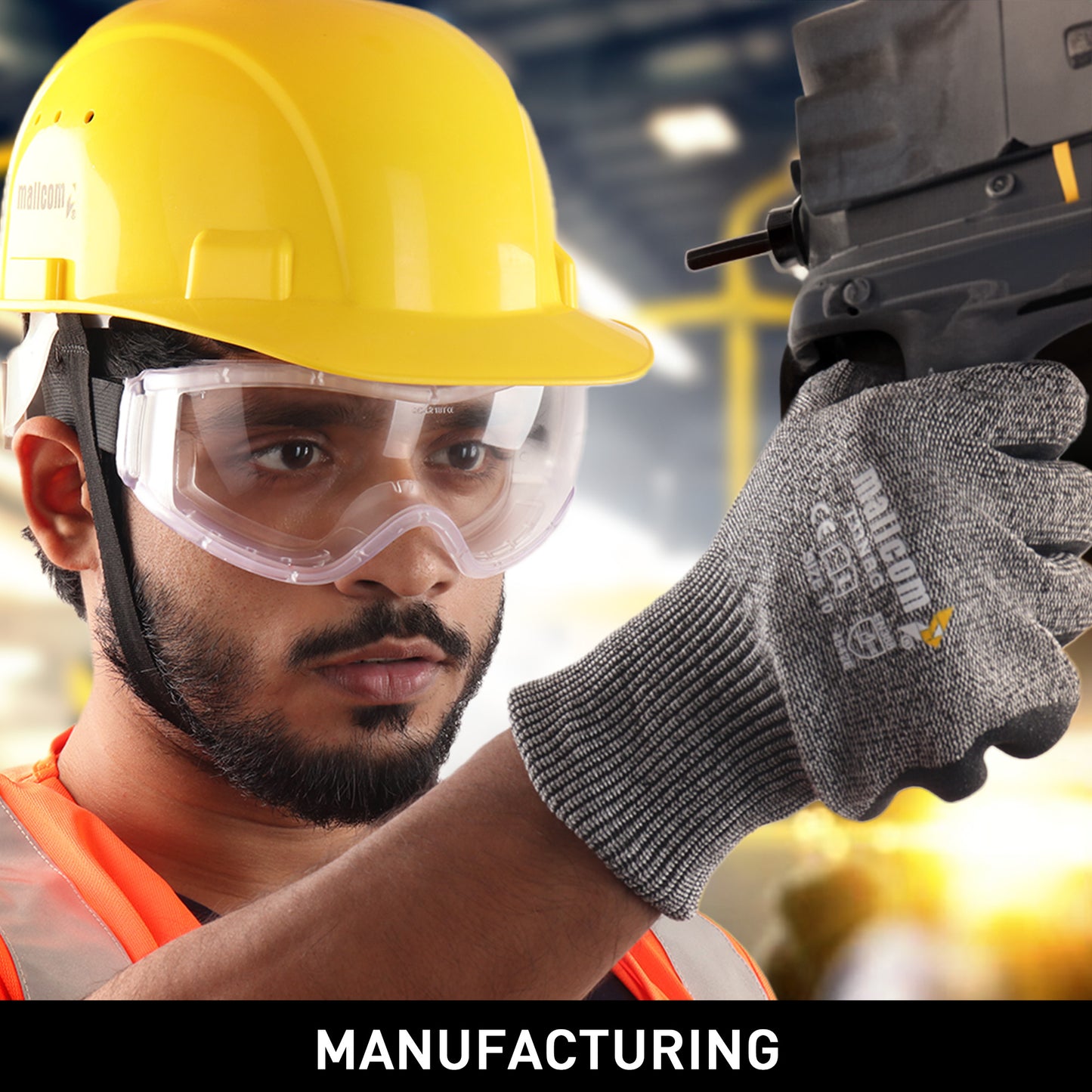
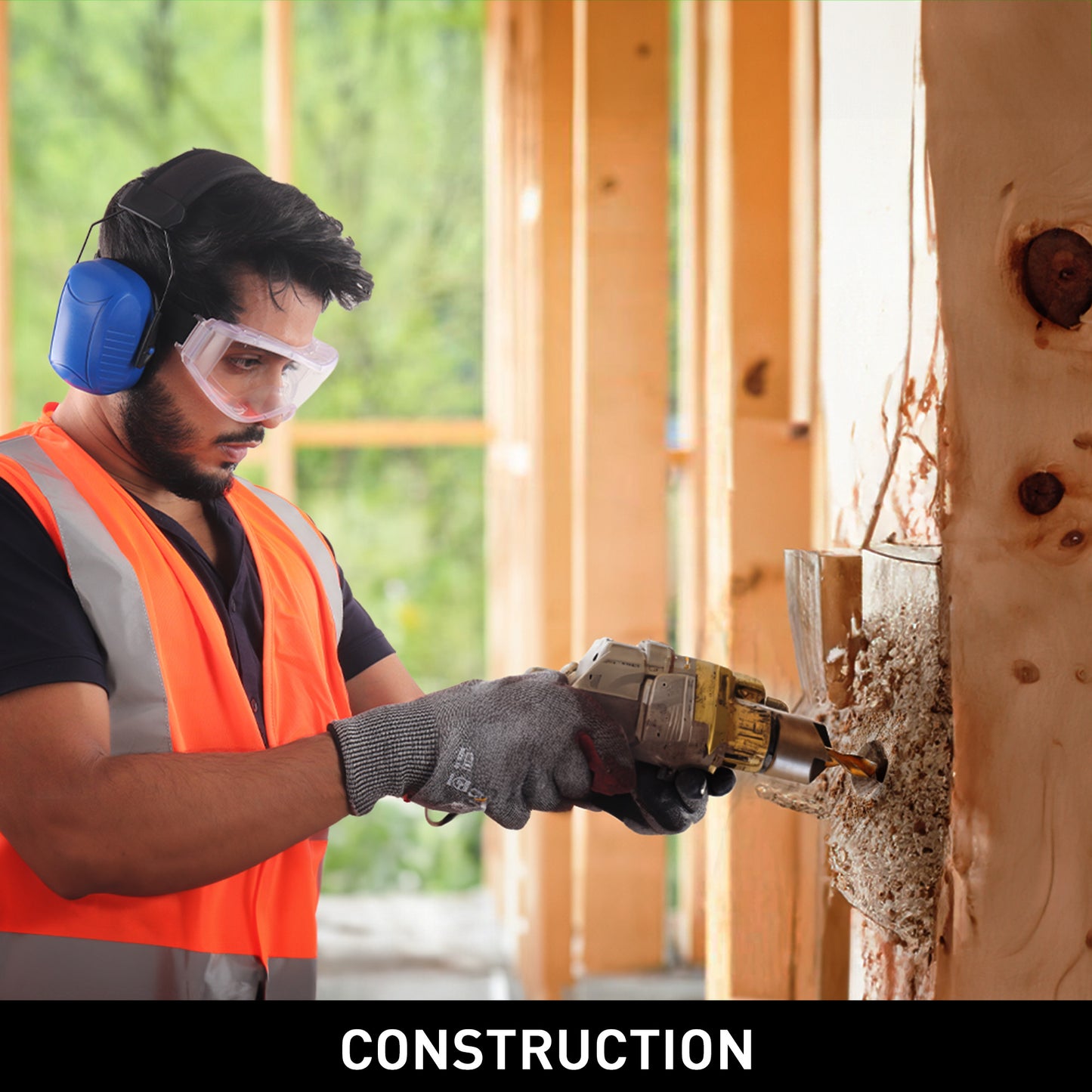
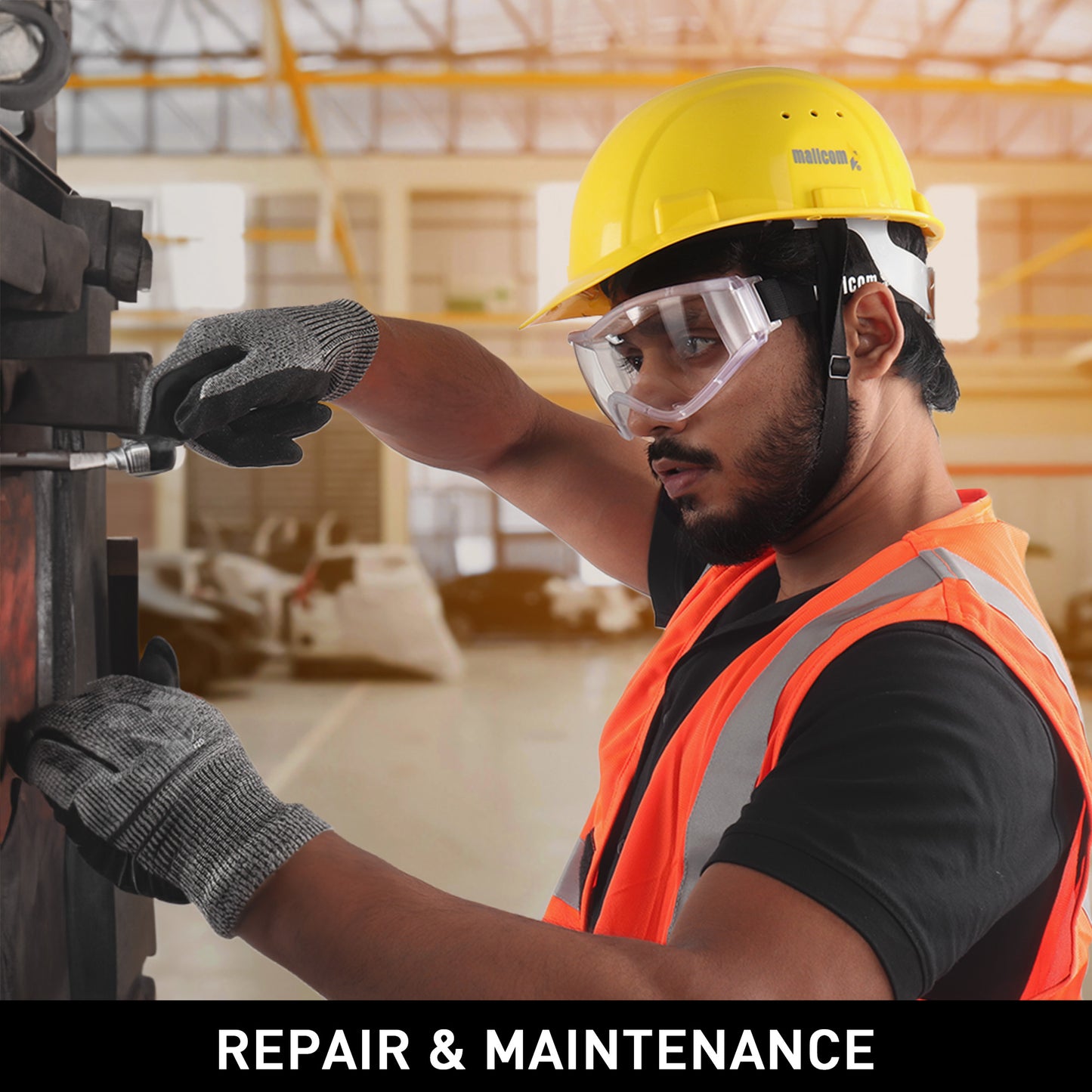
ABOUT THE DESIGN
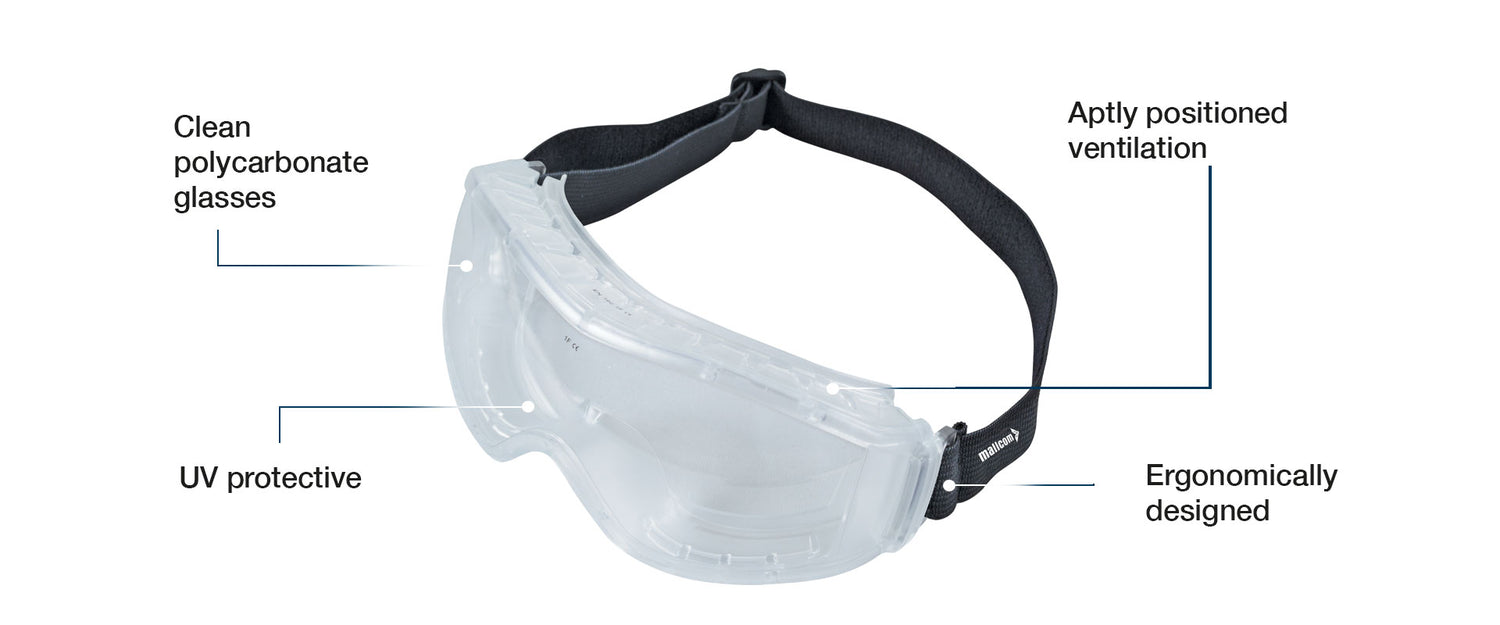
USEFUL IN THESE INDUSTRIES
MANUFACTURING
CHEMICAL & PAINT
REPAIR & MAINTENANCE
CONSTRUCTION

Product Features
ABOUT THE DESIGN
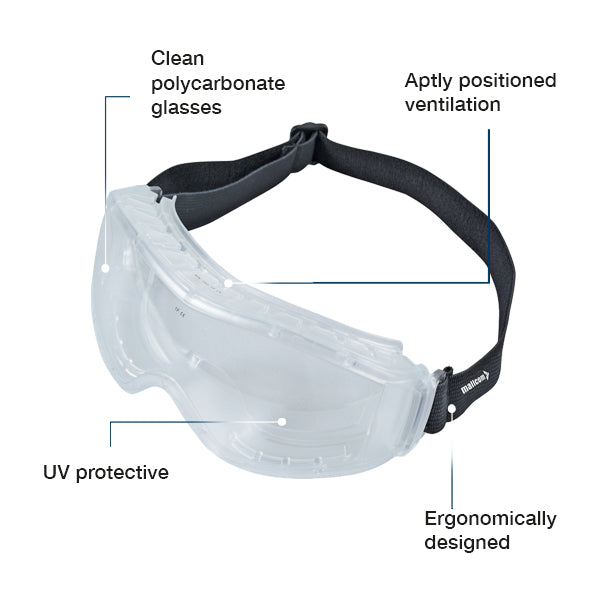
USEFUL IN THESE INDUSTRIES
MANUFACTURING
CHEMICAL & PAINT
REPAIR & MAINTENANCE
CONSTRUCTION
Product Details
